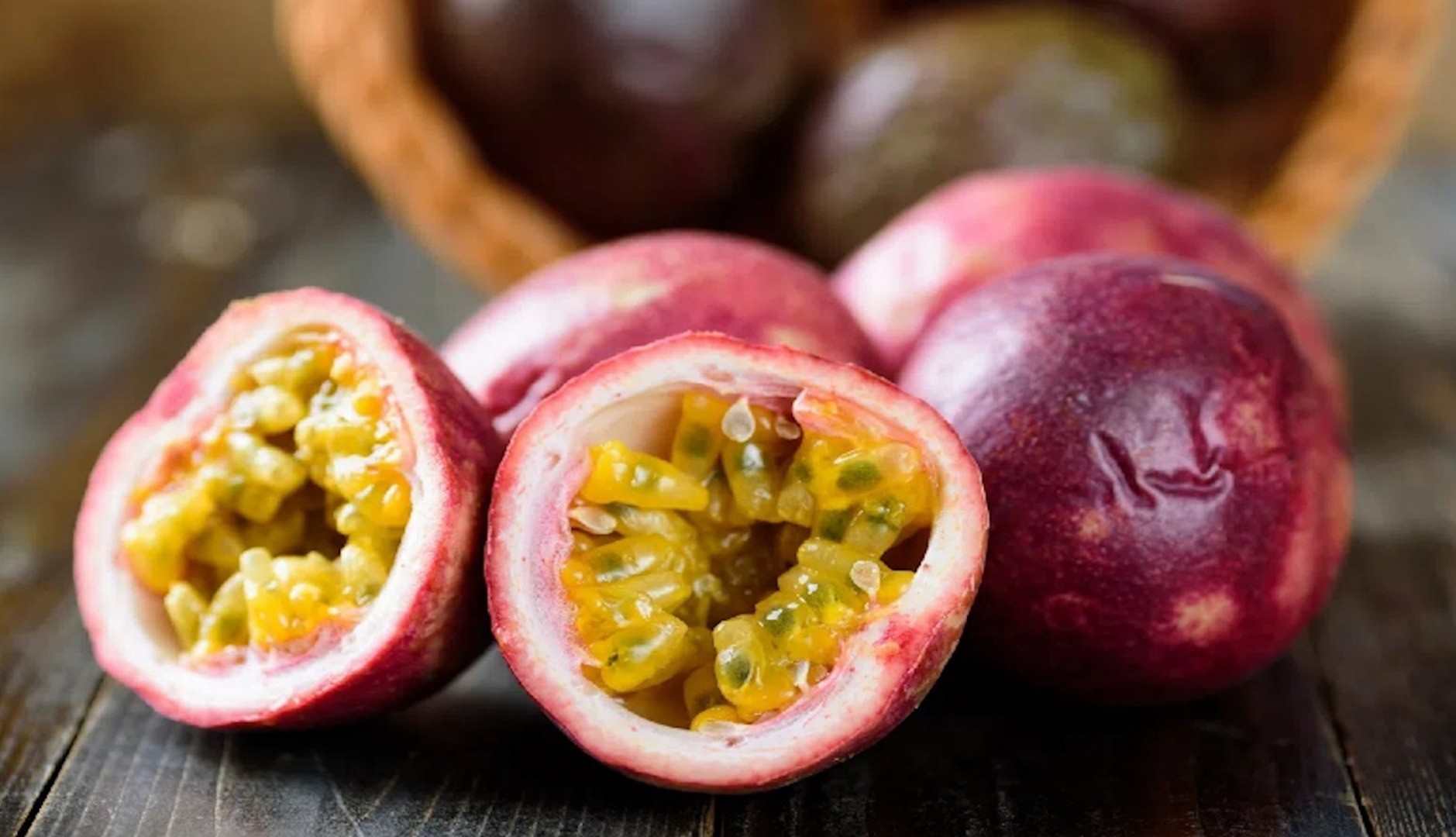
From "rookie" to billion-dollar candidate
In the picture of more than 1.28 million hectares of fruit trees in Vietnam in 2024, the fruit group including passion fruit, banana, pineapple, coconut is considered a "new wind" for the export strategy. However, the most prominent recently is passion fruit, a fruit that was once considered a "newbie" but is showing outstanding potential for breakthrough.
Speaking at the Forum “Solutions to increase competitiveness and promote the export of advantageous fruit products: Passion fruit, banana, pineapple, coconut” held on the morning of July 18 in Ho Chi Minh City, Deputy Minister of Agriculture and Environment Tran Thanh Nam emphasized: “Passion fruit is no longer a fruit grown in experimental areas, but is becoming a product line with large scale, advantages and export potential. If exploited in the right direction, this will be one of the key crops to help Vietnamese fruits expand the world market.”
Data from the Ministry of Agriculture and Environment shows that the national passion fruit output is about 163,000 tons/year, mainly in the Central Highlands. The target is to increase to 300,000 tons by 2030, with key areas including Lam Dong, Gia Lai, Dak Nong , contributing to the restructuring of agriculture in many localities.
In fact, while durian has entered the "billion dollar club" with a turnover of 3.3 billion USD in 2024, passion fruit, despite its rich potential, is still at a modest figure, about 500 million USD for fresh fruit and 300 million USD for concentrated products, puree.
“We have advantages in varieties, climate, and productivity, but to grow, passion fruit needs more than just a movement to expand its area. The story of sustainable development must start from planning, variety management, and food safety standards,” said Mr. Nam.
According to him, the fact that some markets such as the US, South Korea, and Thailand are in the process of negotiating opening up is a positive sign. However, along with opportunities are always challenges from technical barriers, plant quarantine, requirements on pesticide residues, to the issue of traceability.
According to MSc. Ngo Quoc Tuan, Deputy Director of the Post-Import Plant Quarantine Center II, if export is considered a big sea, then traceability and food safety are the boats that take agricultural products out to sea. Without standardization, we will forever be stranded at the market gateway.
For passion fruit, Vietnam is completing technical documents to obtain import licenses from the US, and is also sending documents to South Korea and Thailand. Meanwhile, Europe is currently an important market for fresh fruit, with an output of about 5,000 - 7,000 tons/year.
“It is necessary to soon establish standard growing areas, disease-free varieties and a synchronous packaging system. At the same time, it is necessary to upgrade processing capacity to increase added value and avoid over-dependence on fresh fruit exports,” Mr. Tuan noted.
This is also the time when the passion fruit industry and the fruit industry in general must shift their strategy from increasing output to increasing quality and brand. At that time, each enterprise, cooperative and farmer household will become an important link in a transparent and safe chain.
Links to develop sustainable passion fruit trees
If the State plays a guiding role, then enterprises are the “locomotives” that turn potential into profits. A typical example is Nafoods Joint Stock Company, which is holding the leading position in the passion fruit industry in Vietnam.
Mr. Nguyen Manh Hung, Chairman of the Board of Directors of Nafoods shared: “From zero 10 years ago, passion fruit has now become a “money tree”. With a yield of 40 - 60 tons/ha, twice as high as in South America, the production cost is only about 20,000 VND/kg but the selling price at the garden is 80,000 - 100,000 VND/kg, even up to 230,000 VND/kg in European supermarkets. One hectare of passion fruit can bring in about 1 billion VND in revenue for farmers”.
Not stopping there, Nafoods is also a pioneer in exporting passion fruit puree and concentrate to many demanding markets. Currently, this processing segment has reached a turnover of about 300 million USD, and is still growing steadily thanks to advantages in quality and technology.
According to Mr. Hung, if the Chinese market officially opens to fresh fruit, combined with good planning and quality control, passion fruit can completely become a billion-dollar industry in the next few years.

Despite its potential, passion fruit still faces many challenges. Mr. Hung pointed out three urgent issues. First, the risk of growing it in a trendy way. When prices go up, people rush to expand the area outside the planning, leading to oversupply and falling prices. This is the "mistake" that many Vietnamese fruits have encountered.
Second, the quality of seeds is not uniform. Fake and poor quality seeds appear on the market, affecting productivity and product quality.
Third, food safety and pesticide residues. Major markets such as the EU, the US, and China have tightened standards. If not well controlled, just one batch of violating goods can discredit the entire industry.
To solve the problem, Mr. Hung proposed that the Ministry of Agriculture and Environment should soon issue a plan for passion fruit development to avoid the situation of "hot planting". Along with that, strengthen the control of varieties and strictly handle businesses that sell poor quality varieties.
The Plant Protection Department is responsible for updating and quickly disseminating new regulations of the import market, while closely monitoring pesticide suppliers; controlling small-scale production facilities that do not meet standards, and protecting the common brand of Vietnamese agricultural products.
Agricultural experts say passion fruit has all the “right time, right place, right people” to make a breakthrough. Vietnam has a suitable climate, outstanding productivity and pioneering businesses. However, without a long-term strategy, this industry can easily fall into a spiral of “good harvest, low price”.
The solution to this problem lies not only in enterprises or the State, but in the strong connection between 4 parties: State - Scientists - Enterprises - Farmers. When these links operate synchronously, the story of "billion dollar passion fruit" will no longer be a dream.
Source: https://baolaocai.vn/loai-qua-chua-mang-ky-vong-ty-do-cho-nong-san-viet-post649115.html


![[Photo] Award Ceremony of the Political Contest on Protecting the Party's Ideological Foundation](https://vphoto.vietnam.vn/thumb/1200x675/vietnam/resource/IMAGE/2025/10/22/1761151665557_giaia-jpg.webp)

![[Photo] General Secretary To Lam and his wife begin their official visit to Bulgaria](https://vphoto.vietnam.vn/thumb/1200x675/vietnam/resource/IMAGE/2025/10/23/1761174468226_tbtpn5-jpg.webp)
![[Photo] Da Nang: Shock forces protect people's lives and property from natural disasters](https://vphoto.vietnam.vn/thumb/1200x675/vietnam/resource/IMAGE/2025/10/22/1761145662726_ndo_tr_z7144555003331-7912dd3d47479764c3df11043a705f22-3095-jpg.webp)

![[Photo] Comrade Nguyen Duy Ngoc visited and worked at SITRA Innovation Fund and ICEYE Space Technology Company](https://vphoto.vietnam.vn/thumb/1200x675/vietnam/resource/IMAGE/2025/10/23/1761174470916_dcngoc1-jpg.webp)
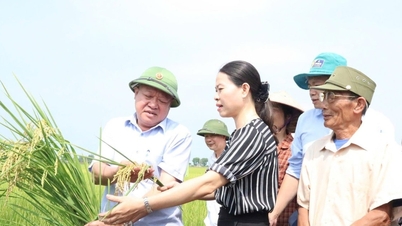


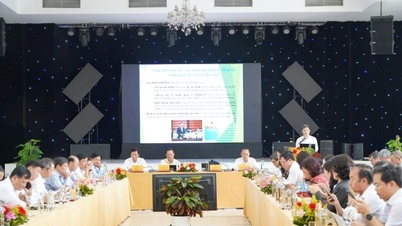

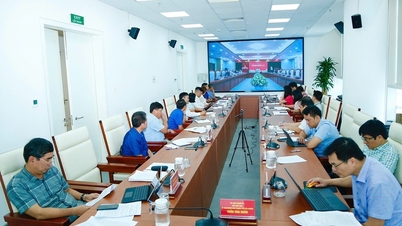

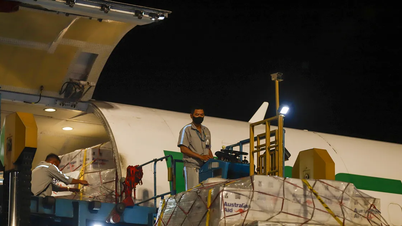

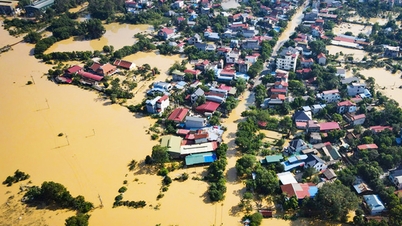

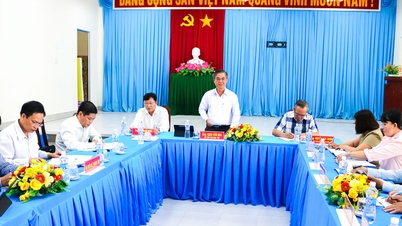

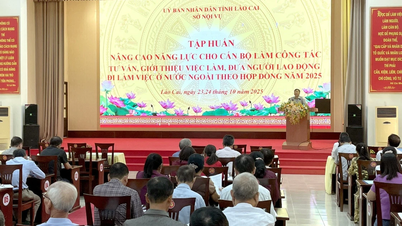
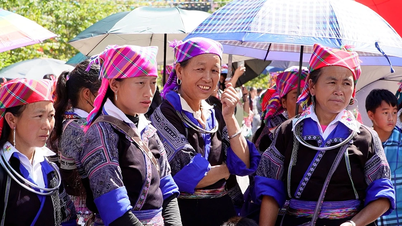

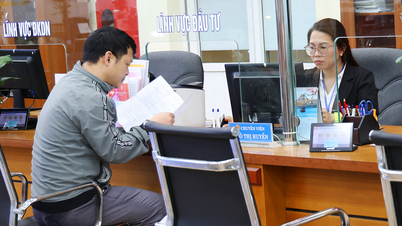






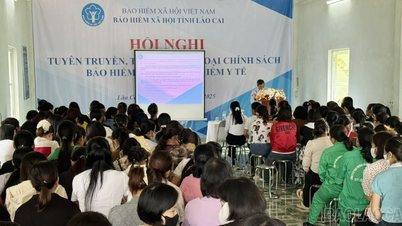
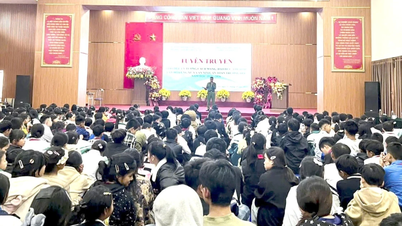

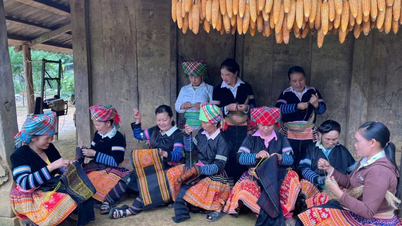
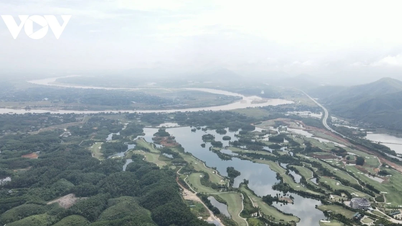
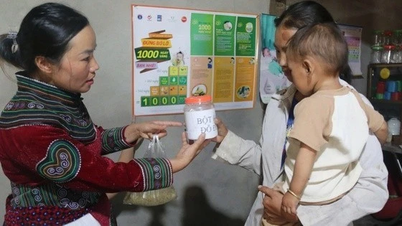


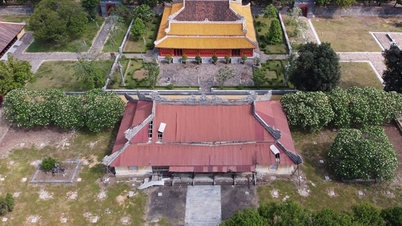
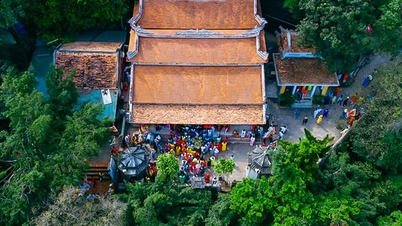
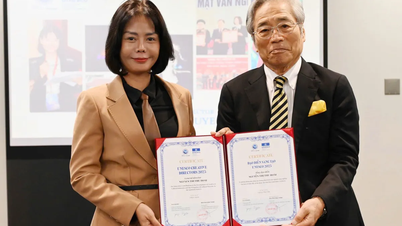





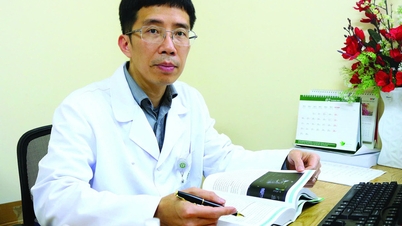










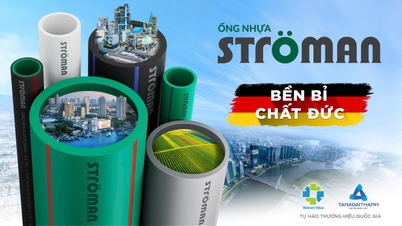

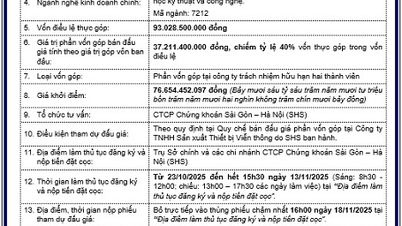
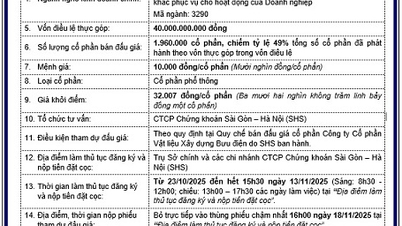
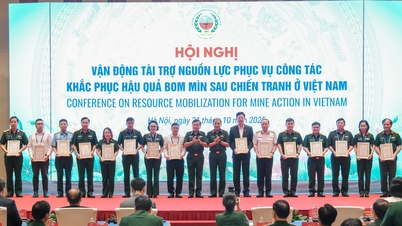




















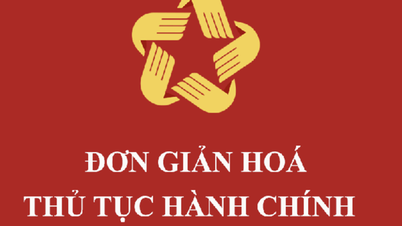
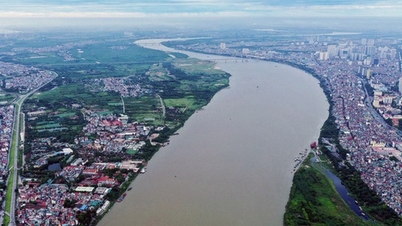



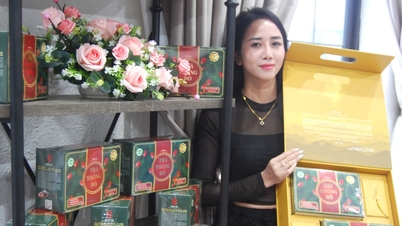

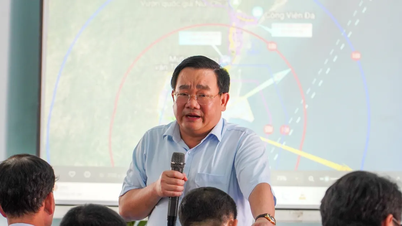


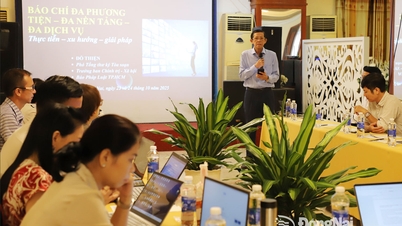
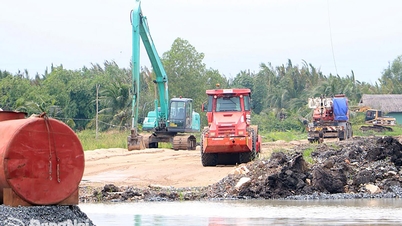










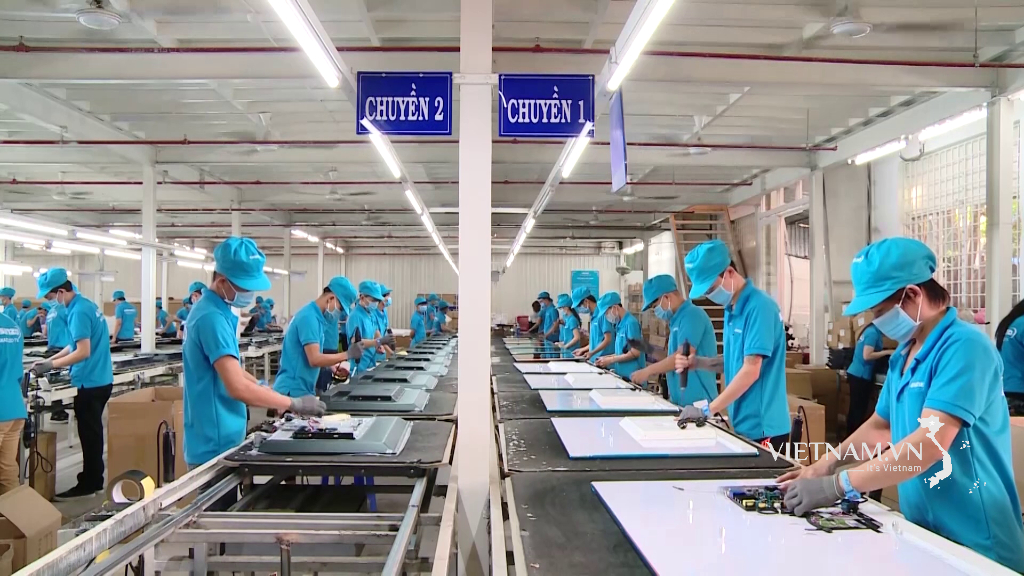


Comment (0)